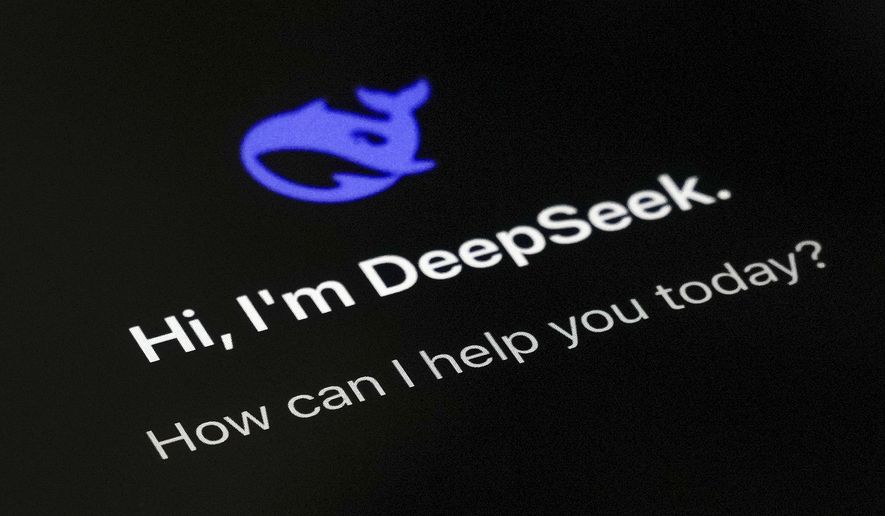In what many in the tech community are calling a “jarring moment,” China’s artificial intelligence gains have caught American researchers and national security experts off guard. The launch and swift evolution of DeepSeek a powerful and cost effective large language model (LLM) have highlighted China’s rapid progress in AI capabilities. Within the first 100 days of DeepSeek’s debut, it demonstrated performance comparable to frontier models developed by OpenAI, Anthropic, and Google DeepMind, all at a fraction of the cost.
This technological leap has stirred concern, admiration, and confusion among U.S industry leaders, with many experts now urging a reevaluation of America’s strategic approach to AI research and international collaboration.
DeepSeek: China’s Wake Up Call to the West
When DeepSeek was publicly released, it wasn’t just the quality of the model that stunned the world it was the speed and affordability of its development. According to AI analyst Dr. Kevin Zhao at Stanford’s Center for Emerging Technologies, DeepSeek’s emergence shows that China is no longer playing catch up in AI it is now leading in certain metrics.
A comparative benchmark study by the International AI Observatory in May 2025 showed that DeepSeek outperformed Meta’s LLaMA 3 in multilingual understanding and matched GPT-4 in reasoning tasks all while using 40% fewer computing resources. This breakthrough implies that China has not only caught up technologically but may also have found new efficiencies in model training and deployment.
American Experts Sound the Alarm
Top figures in the U.S. tech industry are publicly acknowledging the implications of China’s artificial intelligence gains. Katrina Mulligan, Director of Strategic Partnerships at OpenAI, noted during a closed door defense briefing, DeepSeek stunned not just researchers but the broader security community. It forced us to reconsider how far behind we might be in affordability and speed of innovation.
Mulligan emphasized that U.S AI development must now integrate closer cooperation between private companies and national security institutions. “It’s not just about who builds the smartest models it’s about who deploys them first, and how ethically they are governed,” she said.
The Cost Efficiency Factor
A critical part of DeepSeek’s appeal is its low cost training pipeline. While American frontier models cost upwards of $100 million to train, Chinese engineers reportedly developed DeepSeek for less than half that amount. This economical development could grant China the ability to rapidly iterate on LLMs something U.S. companies, bound by regulatory and financial constraints, struggle with.
According to leaked internal analysis from a major U.S. tech firm, DeepSeek’s pretraining infrastructure relies heavily on domestically produced AI chips, thus minimizing reliance on U.S. GPU exports. This vertical integration is allowing China to scale without external dependencies, posing a serious long term challenge to American dominance.
A Shift in Global AI Power Dynamics
For years, the U.S has led the AI race, driven by Silicon Valley’s innovations and the computing power of companies like NVIDIA and Microsoft. But the rapid evolution of DeepSeek signals a major pivot. China’s artificial intelligence gains are no longer just about matching American capabilities they’re about outpacing them.
An AI researcher from MIT, who recently collaborated with colleagues in Hong Kong, remarked anonymously, We were shocked at the access our Chinese counterparts had to refined models, datasets, and chipsets. They’re not just closing the gap they’re creating their own paths to innovation.
The Role of Open Source and AI Diplomacy
China has also leaned into open sourcing its models, allowing developers around the world to experiment with tools derived from DeepSeek. This has created a soft power advantage making Chinese AI frameworks foundational for developers in regions outside the West.
AI ethicist Dr. Lina Torres argues, By open-sourcing advanced models, China is building alliances in the global South. This could redefine not just technical leadership but moral leadership in AI, especially in countries with limited resources.
Time for a Strategic Response
China’s artificial intelligence gains have shaken the U.S. AI establishment to its core. DeepSeek represents more than just another LLM it’s a symbol of what’s possible when focused national effort, cost effective engineering, and geopolitical will align.
The U.S must now rethink its AI strategy. Collaboration between government, academia, and private tech must be strengthened. Transparency, ethics, and open innovation should remain core pillars but without losing the competitive edge. Failure to act decisively could mean not just falling behind in technology, but in shaping the global future of AI itself.

